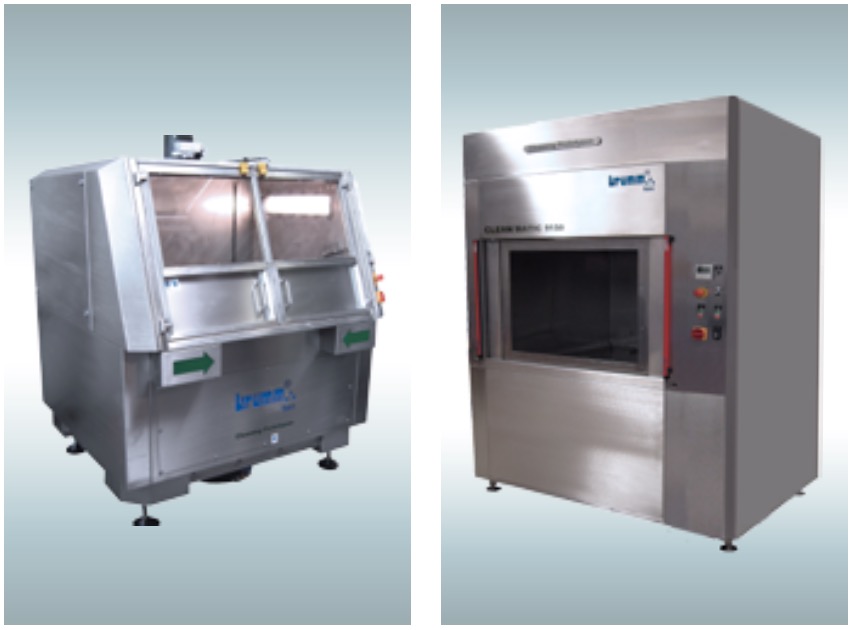
What’s a 3D print cleaner and why would I need one?
If you happen to use an industrial 3D printer from Stratasys, you likely need a cleaner. It’s a specialized tank designed to quickly clean off support material generated by Stratasys FDM and Objet 3D printers.
In the personal 3D printing world, cleaning support material off of a print is relatively straightforward, although tedious: with a pair of pliers you peel off extraneous material by hand, sometimes sanding the rough points where support contacted the actual model. Rarely do personal 3D print operators use dissolvable support material, and in those cases prints are simply dumped in a pail of water (for PVA support) or limonene (for HIPS) to soak off.
This is not so with the industrial 3D printers, where prints can be massive, detailed and delicate. For these units, Stratasys supplies basic washing equipment. Their CleanStation, for example, includes a water tank that’s heated and circulated to dissolve plastic supports from FDM prints. Normally this can take a few hours to complete.
For their Objet line, the company provides a water jet tank in which the operator carefully blasts away the gooey support material being extraordinarily careful not to blast away delicate portions of the model at the same time.
But there’s an alternative: Germany-based Krumm-tec manufactures a line of compatible 3D print cleaners. The CleanMatic series includes no less than six different models of varying tank sizes and capacities.
For FDM cleaning, Krumm-tec’s options range from the CleanMatic 2150, with a 280 x 250 x 250mm tank, to the massive CleanMatic 9150, with its huge 1200 x 1000 x 1000mm tank.
Why use these instead of the standard Stratasys gear? The CleanMatics can offer higher heat, additional circulation – and some even offer ultrasonic features, all of which can dramatically speed up the cleaning process. Speed is critically important for many users of such equipment, as they’re typically running the printers 24 hours a day to make good their investment to get completed parts to customers faster. By using a more capable cleaner, more parts can be cleaned from a larger bank of 3D printers without having to purchase additional cleaners.
Via Krumm-tec

